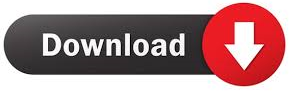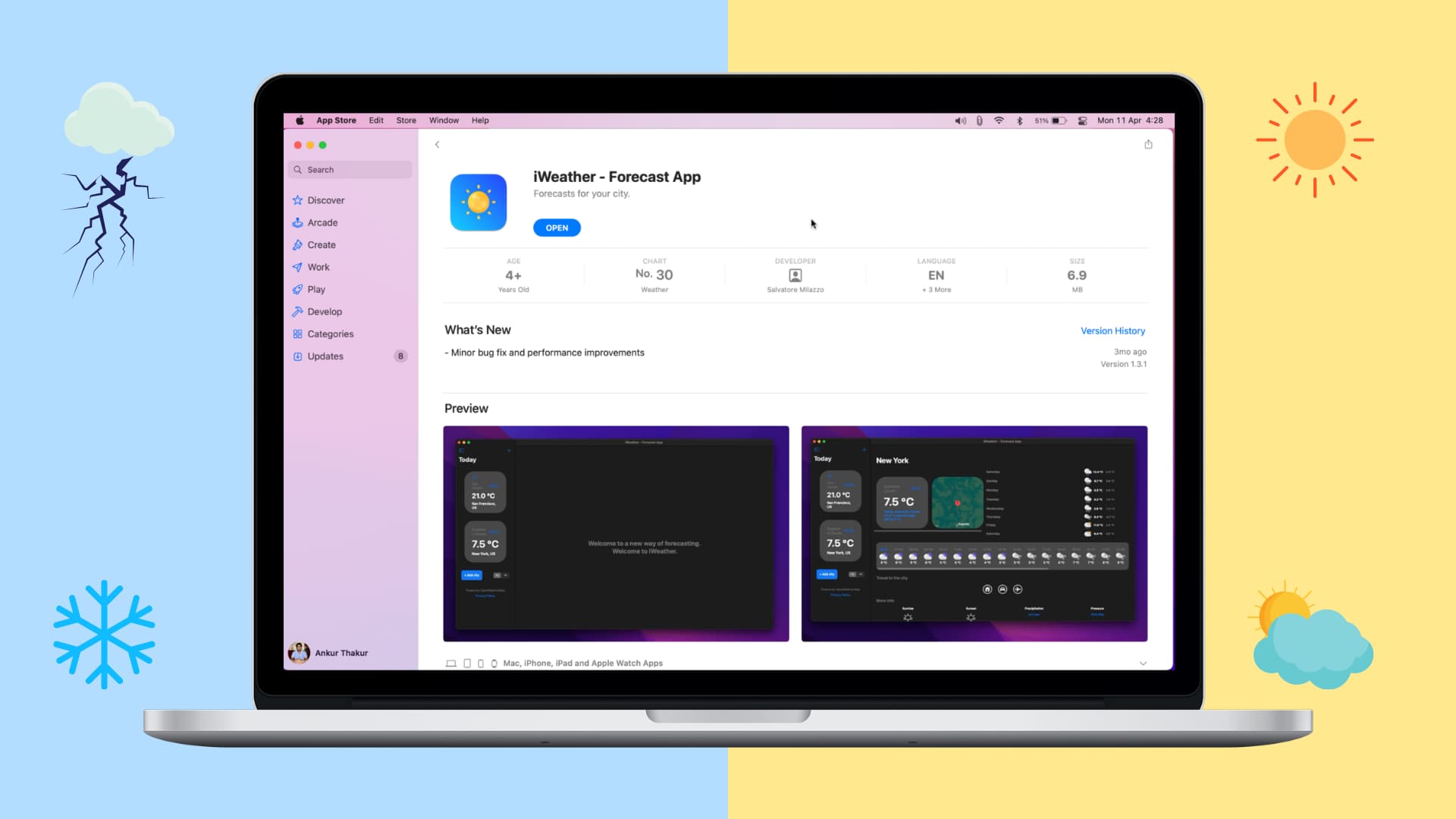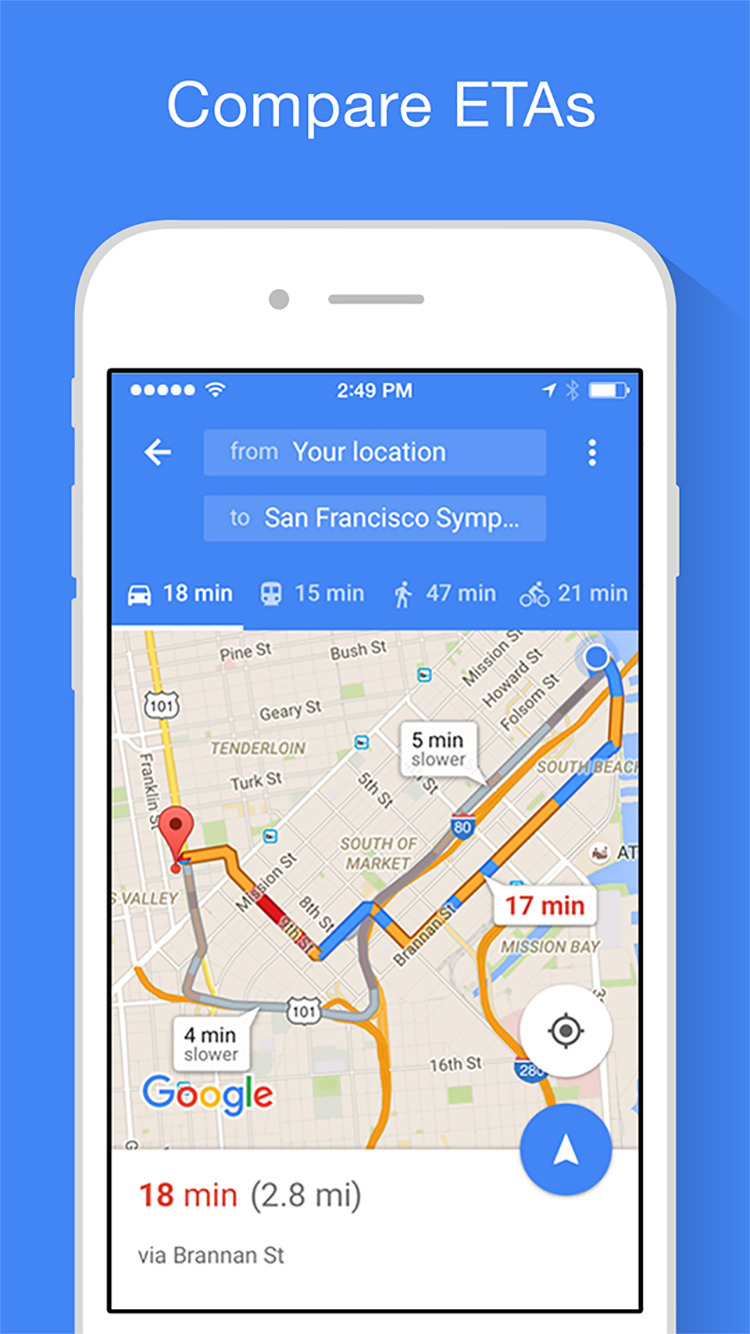

Mint by IntuitĪn app that is very different from YNAB and Daily Budget is Mint. Nothing is automatic, and I think that’s what makes it such a strong and simple app. Though this app requires a lot of work on your part, it puts you in touch with your spending. You can create long-term goals, spread purchases out over time, view analytics of your spending, and so much more. So if your income is $50/day and your bills and savings are $20/day, then Daily Budget will add $30 to your budget every day.įrom there, you add in your transactions each day to see how your budget is growing or shrinking. Then the app divides each of these amounts by the number of days in the current month and adds and subtracts them accordingly. You input your monthly income, bills, and savings goals. This is a super simple app that requires you to do most of the work. I’ve been using it daily for almost two years now and imagine that you might end up loving it as much as I do. I like it so much that I included it in my Best iOS Apps Of February 2021 article. My favorite app on this list of iPhone budgeting apps is Daily Budget.

You’ll pay around $84/year to use it unless you’re a student, in which case you can use it for free for one year. The two drawbacks of this app are that it doesn’t have any automated tracking (you have to enter all of your transactions manually) and it’s expensive. It keeps track of your money, tells you what you can and can’t spend, and helps you stay on track. That said, YNAB also has the key components of all iPhone budgeting apps. In other words, it’s a lot more than just a budgeting app. These materials help you learn how to cut down on your spending, reduce your debt, and structure a budget that will build better financial habits. It includes videos and other content to help you learn the fundamentals of budgeting. YNAB is not only a great budgeting app but an educational app, too. Perhaps the most loved and beginner-centric budgeting app on this list is You Need A Budget, or YNAB.


 0 kommentar(er)
0 kommentar(er)
